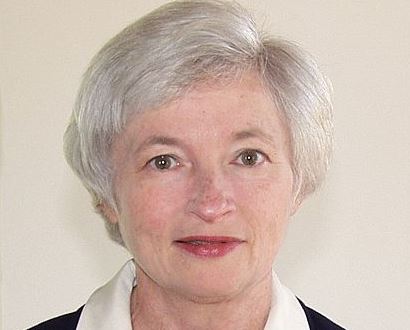Economy
Yellen Sees Negative Labor Market, Undermines Rate Hike Chances
Published:
Last Updated:

Looking at the labor market in more detail, Yellen noted that the employment-to-population ratio has increased far less over recent years than indicated by the unemployment rate. Partly that’s due to retiring baby boomers. Of other contributing factors to the low ratio, Yellen said that flattening out of the labor force participation rate since last year could indicate that more people are rejoining the workforce as labor market conditions improve. Adding discouraged workers back into the economy contributes to added slack in the labor market.
Yellen also said that nearly 5% of the labor force is comprised of workers with part-time jobs who would prefer full-time employment, and this higher-than-normal level also contribute to an understatement of the slack in the labor market. The rate at which people with jobs quit those jobs voluntarily is also rising as the labor market improves.
ALSO READ: Leading Economic Indicators Show Continued Growth
Referring to the Fed’s labor models Yellen said:
[T]he labor market has improved significantly over the past year, but [the Fed model] also suggests that the decline in the unemployment rate over this period somewhat overstates the improvement in overall labor market conditions.
The sluggish pace of wage increases may also point to weaker labor market conditions than the unemployment statistics indicate, but Yellen urges caution in drawing such a conclusion.
The big question, of course, is what all this means for Fed monetary policy. Yellen reiterated the FOMC’s latest statement that “it likely will be appropriate to maintain the current target range for the federal funds rate [0% to 0.25%] for a considerable time after our current asset purchase program ends …”
Other members of the FOMC don’t entirely share Yellen’s view. Kansas City Fed President Esther George said on Thursday that it is time for the central bank to think seriously about raising short-term interest rates off of their current near-zero percentage levels. St. Louis Fed President James Bullard echoed that sentiment Friday morning for Bloomberg News.
Federal Reserve Bank of San Francisco President John Williams told CNBC Thursday that he still expects the first central bank increase in short-term interest rates will come around a year down the road (summer 2015). Atlanta Fed President Dennis Lockhart sides with Williams and Yellen. Neither Lockhart nor Bullard is a voting member of the FOMC this year.
ALSO READ: 10 States Struggling With Delinquent Debt
Credit card companies are at war. The biggest issuers are handing out free rewards and benefits to win the best customers.
It’s possible to find cards paying unlimited 1.5%, 2%, and even more today. That’s free money for qualified borrowers, and the type of thing that would be crazy to pass up. Those rewards can add up to thousands of dollars every year in free money, and include other benefits as well.
We’ve assembled some of the best credit cards for users today. Don’t miss these offers because they won’t be this good forever.
Flywheel Publishing has partnered with CardRatings for our coverage of credit card products. Flywheel Publishing and CardRatings may receive a commission from card issuers.
Thank you for reading! Have some feedback for us?
Contact the 24/7 Wall St. editorial team.